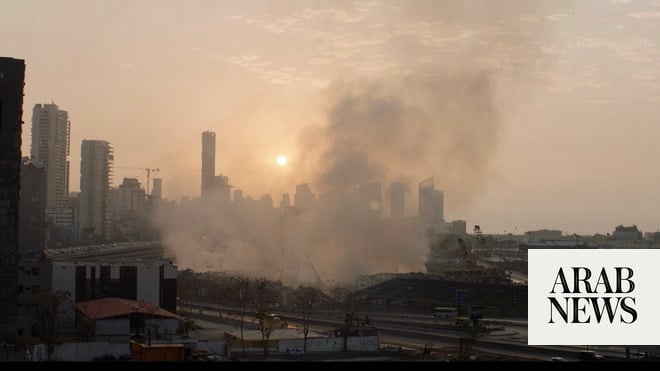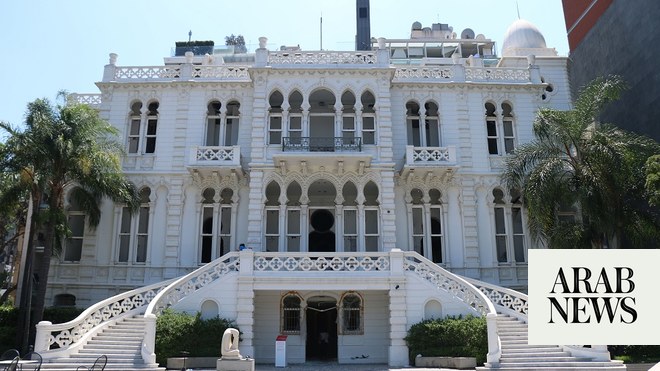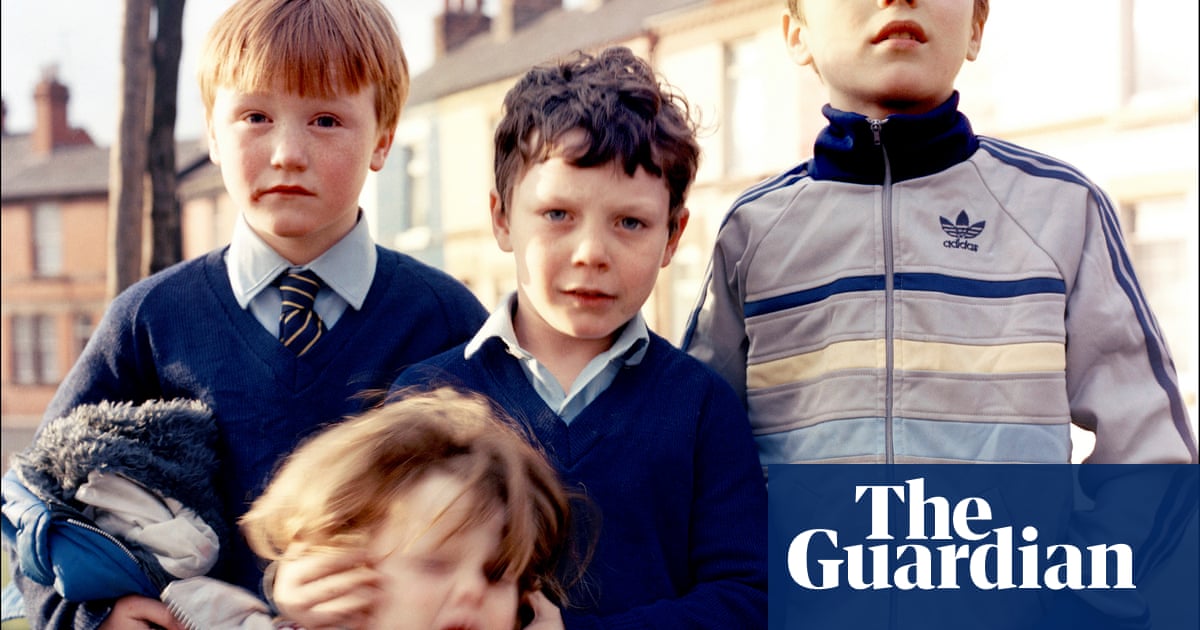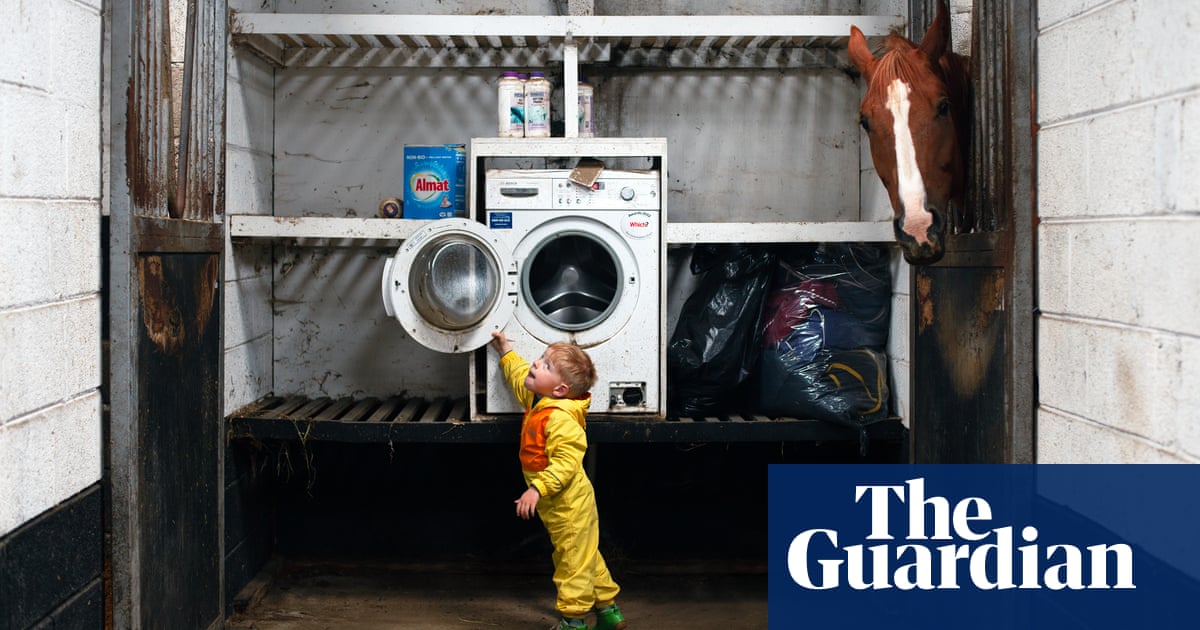
iving in conflict zones teaches you about bomb blasts. After spending years in Kabul, I learned how to estimate how far away an explosion is. When a car bomb detonates, you’ll hear the explosion, but you won’t feel the shockwave unless you’re pretty close. But what happened in Beirut on 4 August 2020 was like nothing I had ever experienced.
I live in west Beirut, some four kilometres away from the port where thousands of tonnes of ammonium nitrate exploded after a fire in the warehouse it had been stored in. Despite the distance, my whole building shook. Glass blown out of windows littered the streets. I assumed the blast was maybe two blocks away, it was only when I went on to the street and saw the distant plumes of smoke behind the skyline buildings that I realised quite how far away it was.
I headed straight to the port, a huge area in eastern Beirut mostly made up of warehouses. All of them were either destroyed or in flames when I arrived 20 minutes after the explosion. On my way, I saw bodies lying in the street.
I photographed the emergency workers and rescue teams racing through the debris until night fell. It was chaos. Nobody knew what had happened. Most people assumed it was an Israeli airstrike. They were scared there would be a second. Others feared the fumes from the blast were toxic.
When night fell, I made my way on to the nearby residential streets. The roads were so covered in debris that you could only reach them on foot. The street where this photo was taken used to be one of the most affluent areas of the city, full of bars, cafes and historical buildings. It was also one of the worst hit places I saw.
This was the place where we would all go out and drink. Now it looked like a war zone – but a war zone that had seen months of fighting. I’ve been to Homs in Syria, where you have kilometres of destruction, but that took months of siege. Beirut looked like Syria, but in a split second.
I took this photograph at 8:44pm. Most of the street was in total darkness. I found myself under one of the only working street lights, and spotted this man carrying a woman to safety. There was a hospital nearby that the injured people were trying to reach. They didn’t know that it too had been destroyed. Those with enough money just left: I saw people wheeling suitcases through the debris, desperate to get to safety.
I didn’t realise it at the time but the car on the left of the shot was my friend’s. The office building on the right is where my wife works. She was injured in the blast, but her injuries were not life-threatening. This wasn’t just a catastrophe I documented: it was one I experienced.
What I saw in the aftermath was solidarity – everyone caring for everyone else. Guardians of the buildings helped residents to safety. Shopkeepers kept watch outside their neighbours’ doors after the windows and doors had been blown off. In some ways they had no choice: the government did nothing to help them.
Citizens came together. I saw hundreds of people who had come from all over Lebanon to help. It didn’t matter where you were from, what religion you practised, what sect you belonged to. People arrived in the days after with brushes and cleaned up street by street. It was amazing to witness.
But then the mood transformed into one of anger. The government had failed to protect them from the blast taking place; then it failed to protect them in its aftermath. Very quickly, it became clear that nobody was going to be held responsible. Ministers appointed friendly judges to run the investigation into what happened. Demonstrations were held. There were violent confrontations with the police.
It could not have come at a worse time. Lebanon was already facing an economic crisis. Its currency was so weak that importing materials for the reconstruction was crazy expensive. And then there was the pandemic to contend with. For most people, Covid was the least of their worries.
Lorenzo Tugnoli’s CV
Born: Italy, 1979.
Trained: Self-taught.
Influences: Paolo Pellegrin, the Magnum photographers.
High point: “I won a Pulitzer in 2019 and a World Press Photo Award in 2020. This feels like the moment that my work is being recognised.”
Low point: “The beginning of any photographer’s career is difficult. Breaking into this profession is hard, particularly in Italy where the market is so small.”
Top tip: “Take pictures. Take a lot of pictures.”
Lorenzo Tugnoli is a documentary finalist in the Sony World Photography Awards 2021: Professional Competition.












